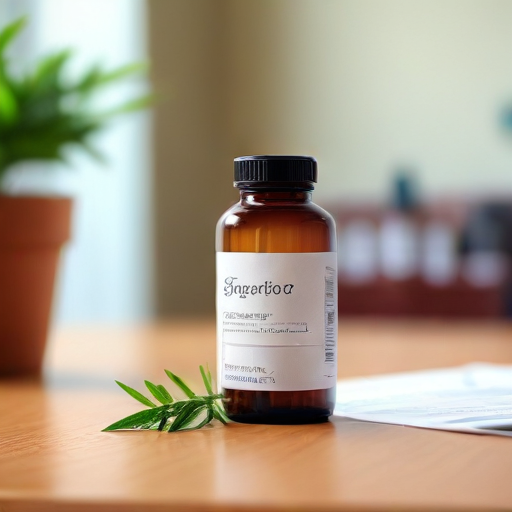Johnson & Johnson announced on Monday that it has submitted a request to the U.S. Food and Drug Administration (FDA) to expand the use of its ketamine-based drug, Spravato. The company is seeking to have Spravato approved as a standalone treatment for individuals suffering from treatment-resistant depression.
Originally approved by the FDA in 2019, Spravato was intended to be used in conjunction with an oral antidepressant for patients who did not respond positively to two or more previous antidepressant treatments. According to Johnson & Johnson, approximately 30 percent of the estimated 280 million people living with major depressive disorder around the globe experience treatment-resistant depression.
Bill Martin, head of neuroscience at Johnson & Johnson, highlighted the difficulties faced by many patients who endure long cycles of ineffective treatments, emphasizing the emotional and functional burdens placed on them and their families.
The application for expanded use was bolstered by data from a late-stage clinical trial that revealed Spravato could alleviate patients’ symptoms as soon as 24 hours after administration and sustain its effectiveness for at least four weeks. The drug is administered as a nasal spray and must be given under the supervision of a healthcare professional. Unlike traditional antidepressants that primarily target serotonin and dopamine levels, Spravato increases glutamate levels in the brain, which plays a vital role in neuronal communication.
Sales of Spravato have surged, with a 60% increase leading to $271 million in revenue during the second quarter of 2023 compared to the same period last year. The medication has been employed by approximately 100,000 patients across 77 countries.
This application for expanded approval offers hope for many individuals struggling with severe depression, potentially providing faster relief and improving overall quality of life. The continued growth of Spravato’s sales reflects a significant recognition of its efficacy, indicating a promising future in the treatment landscape for those affected by difficult-to-treat depressive disorders.
